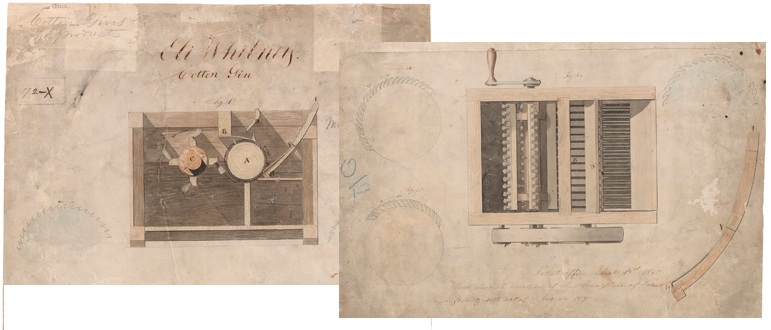What technology has killed the most people by accident?
Recently, I was asked to offer an answer to this question posed by Gizmodo for their “Giz Asks” feature. The original is here, (along with the answers provided by several other historians of technology) and I’ve also posted my response separately, below. Given everything that’s going on right now in the United States with anti-Black racism and police brutality reaching a crisis point, I think that we should use the history of technology to look more critically at the past, especially the stories that get told about technology.
If we are going to look at causes and effects in the history of technology we have to be honest: technology doesn’t simply equal progress. More often it is a way for people to wield power over others, and to intensify and centralize that power. Right now, there’s a huge debate surrounding surveillance and policing: critics worry that more facial recognition and surveillance tools will simply amplify and extend racist policing. There is a lot of historical precedent to support that contention. I tried to use an example from the more distant history of technology to help illustrate the way that seemingly neutral technologies interact with their historical contexts to deepen inequalities and cause real harm. And to show why it’s so important to learn from these histories.
The Cotton Gin And The Expansion of Slavery

When we think about technologies that have killed a lot of people by accident, we have to think about technologies that have been around a long time, and whose utility has been so great for industrial expansion that their negatives have been overlooked—or, worse yet, intentionally hidden.
The cotton gin, patented by Eli Whitney in 1794 and in widespread use throughout the US throughout the 19thcentury, is one such technology. The cotton gin (short for “enGINe”) was a machine that made cleaning and preparing raw cotton much quicker and more efficient—and therefore made the growing of cotton much more profitable.
What the cotton gin also did was to make slavery far more entrenched, through making cotton picking by enslaved people in United States much more profitable. Slavery had not been expanding as rapidly until the invention of the gin encouraged more and more white cotton growers to expand their production. White southerners “imported” more than 80,000 Africans as slaves between 1790 and the ban on “importing” enslaved Africans in 1808. Between the years of 1790 and 1850 the number of enslaved people in the US rose from 700, 000 to more than 3 million through generational enslavement (chattel slavery). By the start of the civil war one third of all Southerners were enslaved people.
This was all in the service of the booming cotton industry that the cotton gin created: the US supplied the vast majority of all the word’s cotton by the mid 19th c. and the production of cotton doubled every decade after 1800. When people say that the U.S. economy was built on the backs of enslaved Black people, they are talking about industries like cotton and all the personal and national wealth created at the expense of enslaved Black people’s lives.
Had it not been for the invention of the cotton gin, it is likely that slavery would’ve been abolished more quickly instead of massively expanding in the way that it did, in a relatively short period of time. The calculation of deaths that includes enslaved Black people who died enroute to the US, and enslaved Black people who died or were killed while in the US, already more than qualifies this technology for a high spot on this list—to say nothing of the widespread misery and pain caused to enslaved people, and the generations of their descendants who have been deprived of their full civil rights as a result.
Right now, we are seeing all too clearly how Black people living in the US today lose their lives as a result of this economic and technological history. White business owners in the South in the 18th and 19th centuries used technology to amplify and extend racism, misery, and death, much in the same way that we see happening with certain technologies today. The goal, then as now, is both profit and power.
So I think this is an important history of technology to keep in mind. Because it shows how technologies are always constructed for and by the contexts in which they come into being. And if that context is racist, they are likely to uphold racism, if what they do is help make the existing economic and social structures stronger and more efficient without caring about existing inequalities. When technologists try to “fix” things with merely technical solutions they ignore the broader context and how those technologies work in it.
This is one reason why it’s so important for STEM practitioners to learn and know history, and why STEM programs at universities do their students, and all of us, a disservice by not having more humanists and historians. Narrowly technical “advances” that don’t understand the broader context can lead to terrible unintended —but not unforeseen—outcomes. And that isn’t real progress at all.
